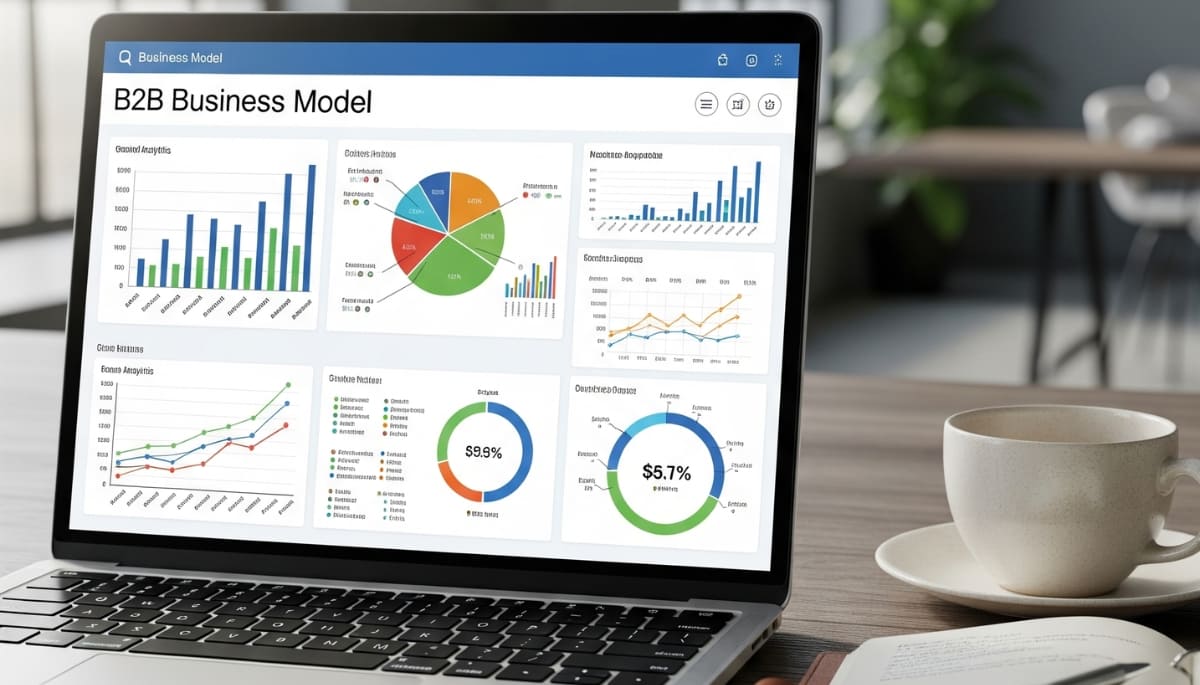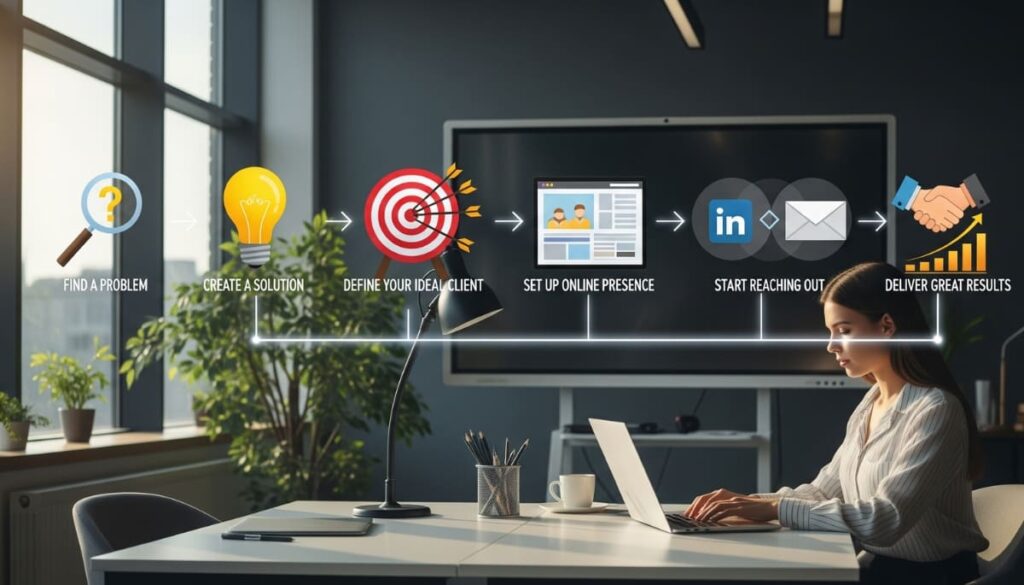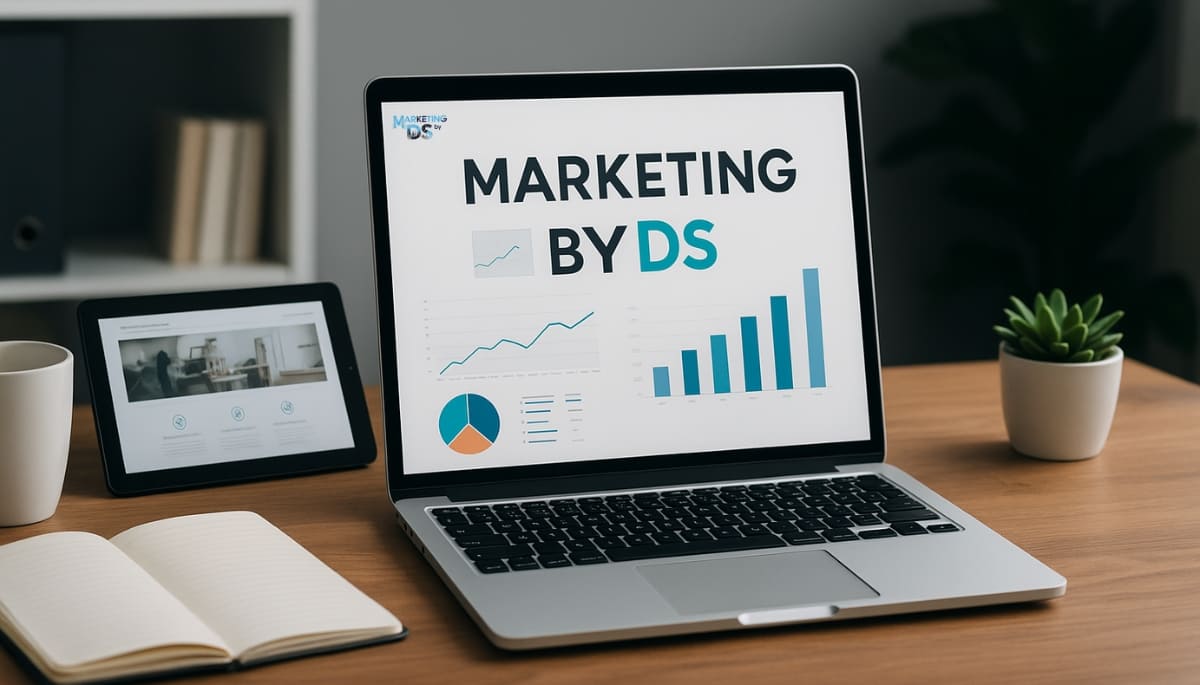What is B to B Business? A Complete Guide for Beginners
In today’s digital-first world, the term “b to b” or “business to business” is used frequently — especially in marketing, sales, and entrepreneurship. But if you’ve ever wondered what exactly a “b to b” business is, how it works, and whether it’s the right model for you, this blog is here to simplify it all.

Whether you’re a student, business owner, marketer, or someone curious about modern business models, understanding what is b to b can help you make smarter decisions and explore new growth opportunities. Let’s dive into the complete picture.
What is B to B Business?
B to B stands for business-to-business. It refers to a business model where one business sells products or services to another business, instead of selling to individual customers.

For example, if a company provides marketing services to another startup, or a software firm builds tools for other businesses to manage their operations, that’s a b to b transaction. It’s a professional, value-driven relationship between two companies, rather than a company and a consumer.
You might already be familiar with its counterpart, b to c — which stands for business-to-consumer. In b to c, a company sells directly to individual people, like when you shop for clothes or gadgets online. But in the b to b world, the customer is another business.
Real-Life Examples of B to B Business
To make it even clearer, here are some everyday examples of b to b business models:

- A digital marketing agency managing social media and ads for fashion brands.
- A wholesale supplier delivering raw materials to manufacturing companies.
- A software company offering invoicing tools to freelancers and agencies.
- A company that sells packaging materials to e-commerce businesses.
In each of these cases, the customer is not a general public consumer — it’s another business that needs support, tools, or resources to function better.
Key Differences Between B to B Business and B to C Business
While both models aim to generate revenue, they function very differently. In b2b, the focus is on building long-term relationships, solving complex business problems, and offering high-value solutions. In contrast, b2c tends to focus on short-term sales, emotional appeal, and convenience.

Here are some clear differences:
- Decision-making for b2b transactions is typically more time-consuming, but b2c decisions are frequently made quickly and on the spur of the moment.
- B2b sales tend to be larger in volume or value.
- Marketing in b to b is based on facts, return on investment, and business needs, whereas b to c marketing often appeals to emotions and lifestyle.
Understanding these differences helps businesses design better strategies for marketing, sales, and service delivery.
Types of B to B Business Models
Now that we know what b-to-b is, let’s explore the main types of b-to-b businesses that exist today.

- Product-Based B to B : These companies manufacture or sell physical products to other businesses. For example, a company that produces cleaning supplies and sells them to hotels or corporate offices falls under this category.
- Service-Based B to B : These are companies that offer services like web design, consulting, accounting, logistics, or digital marketing to other businesses. If you’re offering your expertise to help another business grow or improve, you’re operating in the b to b space.
- Software as a Service (SaaS) : A rapidly expanding business-to-business market is SaaS. These companies provide subscription-based software solutions to help other businesses run more effectively. Consider solutions such as CRMs, email marketing platforms, and project management systems.
- Wholesale and Distribution : Wholesalers supply products in bulk to retailers or manufacturers. Their business model relies on selling large quantities at lower prices to other businesses, who then sell to consumers.
- Consulting and Agencies : Agencies that provide business growth strategies, digital marketing, branding, or content creation to other businesses are a major part of the business to business ecosystem. For example, our agency Marketing by DS works with brands to grow their online presence — that’s a perfect example of a b-to-b service.
How B to B Businesses Work
Running a “b-to-b” business requires a slightly different approach than b to c. Here’s how the process typically works:

First, a “b-to-b” business identifies a need or pain point that other businesses face. This could be anything from needing more customers to improving their website or managing data.
Next, they offer a solution — which could be a product, a software tool, or a service.
The business then markets this solution through various channels like social media, email, SEO, or direct outreach. Instead of targeting individuals, the target is business decision-makers like marketing managers, CEOs, or operations heads.
Once a potential client is interested, the company presents a proposal, explains the benefits, and often customizes the solution to the client’s specific needs. These deals are usually larger and take more time to close but often result in longer relationships and recurring revenue.
After the sale, ongoing support and relationship building are important in the b-to-b world. Providing consistent value, communication, and performance helps retain clients over time.
Benefits of a B to B Business Model
There are several advantages to operating in the b to b space, especially if you’re a service provider or agency:

1. Higher-value sales: Since businesses often purchase in bulk or invest in long-term solutions, each sale can generate more revenue compared to b to c.
2. Long-term relationships: If a business finds your product or service valuable, they’re likely to keep working with you, creating a steady income stream.
3. Repeat business and referrals: Satisfied business clients often come back for more services and refer others in their network.
4. Room for specialization: You can focus on a specific industry or type of client (such as fitness brands, tech startups, or D2C companies) and become an expert in that niche.
Challenges in B to B Business
While b to b businesses are rewarding, they come with some challenges:

1. Longer sales cycles: Business clients usually take longer to make decisions, often involving multiple stakeholders.
2. High competition: The demand for b to b services is growing, which means many players are entering the market. You need to stand out through quality, positioning, and consistent branding.
3. Requires trust: Businesses want to work with reliable partners. Building trust through case studies, reviews, and proven results is key.
4. Complex marketing: Unlike b to c, you can’t rely on emotional ads or quick campaigns. B to b marketing requires educational content, targeted outreach, and relationship-building.
How to Start a B to B Business
If you’re planning to start your own b to b business in 2025, here’s a simple step-by-step process:

- Find a problem businesses face: Identify an issue or inefficiency that companies regularly deal with — for example, poor social media engagement or outdated websites.
- Create a solution: Develop a service or product that solves that problem in a valuable way.
- Define your ideal client: Be specific — are you targeting small businesses, mid-sized companies, or a specific industry?
- Set up your online presence: Build a professional website, publish content like blogs or case studies, and optimize for SEO.
- Start reaching out: Use platforms like LinkedIn, cold email, or content marketing to get your first few clients.
- Deliver great results: Focus on providing consistent value, and build strong relationships that result in repeat business.
The Future of B to B Business
B to b businesses are evolving rapidly. With the rise of artificial intelligence, automation tools, and remote work, more businesses are looking for smart, affordable, and scalable solutions. This creates a massive opportunity for new service providers, consultants, and tech-driven companies.
Personalization, content-based marketing, and data-driven strategies are becoming essential in modern b to b. Agencies and companies that adapt to these trends are more likely to succeed.
Final Thoughts
Whether you’re offering marketing services, building apps, or selling bulk products, if your target audience is another business, you are part of the b to b economy.

At Marketing by DS, we’ve built our agency around this very model — helping startups, brands, and creators scale through performance marketing, social media strategy, and custom website development. If you’re a business owner looking to grow your business online, we’d love to be your growth partner.
Ready to take your b to b game to the next level? Get in touch with us today.